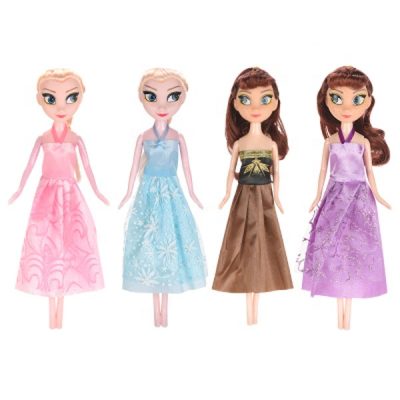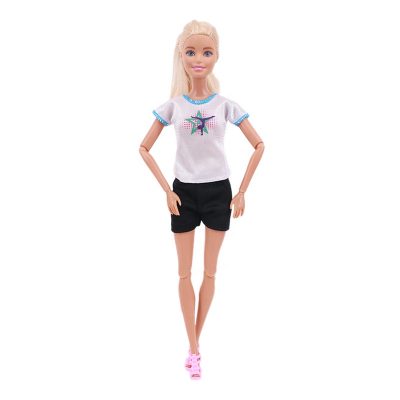Barbie’s fashion legacy is a significant and enduring aspect of the Barbie brand. Barbie, the iconic fashion doll created by Ruth Handler and introduced by Mattel in 1959, has played a crucial role in shaping popular culture and influencing fashion trends for decades. Here are some key points about Barbie’s fashion legacy:
- Fashion Pioneer: Barbie was one of the first dolls to introduce the concept of a doll with an ever-changing wardrobe. From the very beginning, Barbie had a wide range of clothing and accessories, allowing children to dress her up in various outfits, from casual wear to glamorous evening gowns.
- Reflecting Fashion Trends: Over the years, Barbie has consistently reflected and sometimes even set fashion trends. Her wardrobe has featured everything from the styles of the 1960s mod era to the disco fashion of the 1970s and the power suits of the 1980s. Barbie’s outfits often mirror the fashion sensibilities of the times, making her a fashion icon for generations.
- Designer Collaborations: Barbie has collaborated with numerous fashion designers and brands to create limited-edition dolls featuring high-fashion outfits. Designers like Christian Dior, Versace, and Karl Lagerfeld have all created Barbie dolls with unique ensembles.
- Career-Inspired Dolls: Barbie’s fashion legacy extends beyond casual and formal wear. Barbie has been designed as various professionals, such as doctors, astronauts, firefighters, and businesswomen. These dolls not only empower girls by portraying women in diverse careers but also showcase appropriate attire for these roles.
- Diverse Representation: In recent years, Mattel has taken steps to make Barbie more inclusive and diverse by introducing dolls with various body types, skin tones, and hairstyles. This shift has been praised for promoting a more inclusive vision of beauty and fashion.
- Fashion Doll Evolution: Barbie has evolved in terms of body shape, skin color, and style to better reflect the diversity of the real world. The introduction of Barbie Fashionistas line, which includes dolls with different body types and styles, is a notable example of this evolution.
- Collector’s Items: Barbie has become a collector’s item for many adults who appreciate her role in fashion history. Collectors seek out vintage Barbie dolls and outfits, and rare or limited-edition releases can command high prices on the collector’s market.
- Influence on Pop Culture: Barbie’s influence on pop culture goes beyond just fashion. She has appeared in movies, TV shows, and even had her own animated series, all of which have contributed to her status as an enduring cultural icon.
In summary, Barbie’s fashion legacy encompasses her role as a fashion trendsetter, her collaborations with designers, her diverse representation, and her impact on both the toy industry and popular culture. Barbie continues to be a symbol of fashion, creativity, and empowerment for people of all ages.

















